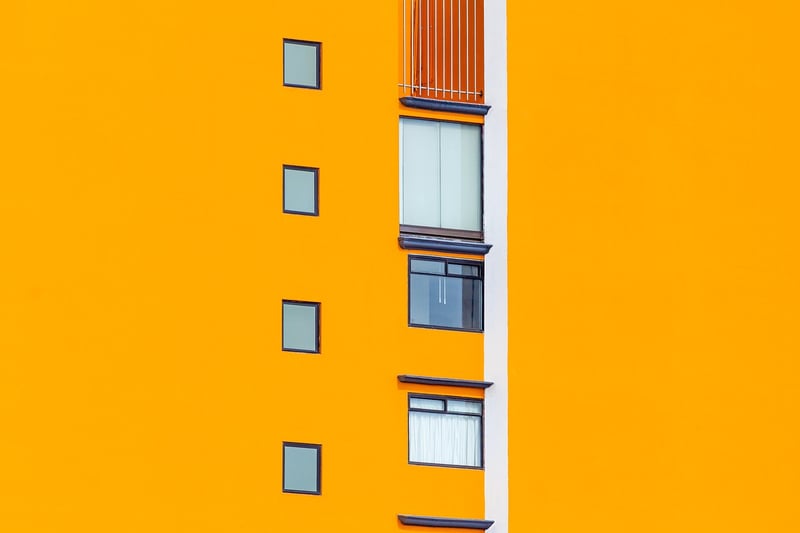Vertical Structures
The Beauty of Vertical Spaces in Architecture
When it comes to architectural design, vertical spaces play a crucial role in shaping the way we interact with our environment. From soaring skyscrapers to intimate atriums, the use of height can create drama, elegance, and functionality in a variety of spaces.
The Impact of Vertical Structures
Vertical structures not only serve a practical purpose by maximizing land use in urban settings but also evoke a sense of awe and wonder. The verticality of a building can make a powerful statement, standing as a symbol of progress, innovation, and human achievement.
Benefits of Vertical Spaces
One of the key benefits of vertical spaces is their ability to optimize limited land resources. By building upwards, architects can create more room for living, working, and recreational activities without expanding horizontally. This vertical expansion is particularly valuable in densely populated cities where space is at a premium.
Additionally, vertical spaces offer opportunities for unique design elements such as grand atriums, sweeping staircases, and vertiginous viewpoints. These features not only enhance the aesthetic appeal of a structure but also contribute to the overall experience of those who inhabit or visit the space.
Vertical Spaces in Modern Architecture
In contemporary architecture, the use of vertical spaces has reached new heights – quite literally. Skyscrapers around the world compete for the title of the tallest building, pushing the boundaries of engineering and design. These towering structures not only redefine city skylines but also serve as symbols of economic power and ambition.
Furthermore, modern architects are incorporating vertical gardens, sky bridges, and open-air observatories into their designs, blurring the lines between indoor and outdoor spaces. These innovations not only add greenery and natural elements to urban environments but also promote sustainability and well-being.
Conclusion
Vertical spaces and structures have the power to transform our surroundings, inspire creativity, and improve the quality of urban life. Whether creating a sense of openness in a tall atrium or offering panoramic views from a rooftop terrace, the vertical dimension adds a dynamic and multi-dimensional aspect to architecture that continues to captivate and impress.

Explore the verticality around you and discover the beauty and functionality that vertical spaces bring to our built environment.
